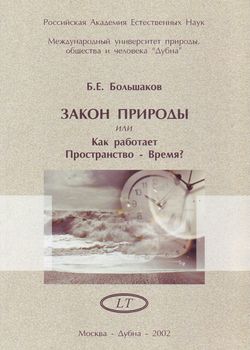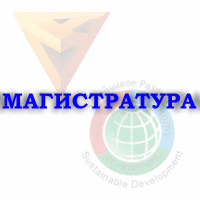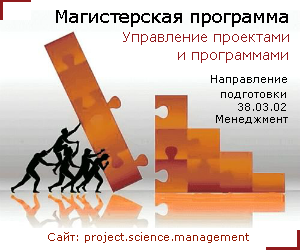Petrov Andrey Eugenievitch, Doctor of Technical Sciences, Academician of the Russian Academy of Natural Sciences, Professor of the CAD Department of NSTU “MISiS”, Professor of the Department of Sustainable Innovative Development of the University “Dubna”
Abstract
The laws of conservation in physics are associated with the homogeneity and isotropy of space and time. The laws of conservation are expressed in the constancy of quantities (energy, momentum, angular momentum) during the motion of a closed system. An open line is used to measure the distance. To measure time, a closed line is used, revolutions around a certain axis. Any movement consists of rectilinear (translational) movement and rotational movement. Translational motion occurs along the open path, rotational motion occurs along a closed path. The homogeneity of space gives the constancy of the impulse during the movement of a closed system of material points. The isotropy of space gives the constancy of the angular momentum during the motion of a closed system of material points. The translational motion corresponds to the law of conservation of momentum. This implies that during the transition from one point in space to another there is no change, the space is homogeneous. Rotational motion corresponds to the law of conservation of angular momentum. This implies that during the transition from one direction of space to another there is no change, the space is isotropic, homogeneous in all directions. The article shows that there is an invariant duality when the structure changes. Duality is the same property of space as homogeneity and isotropy. The consequence of the invariant is the constancy of the energy flux, measured by power (energy per unit time), in a closed system consisting of two dual networks when the structure changes. Power is constant when the connection structure of the branches of two dual networks changes. The examples of the execution of the duality invariant with changing the structure of networks are presented.
KEYWORDS: space, time, homogeneity, isotropy, duality, energy conservation laws, momentum, angular momentum, energy flow, tensor method, dual networks.
Download article THE LAW OF CONSERVATION OF POWER IN THE DUAL TENSOR NETWORKS OF G. KRON – A. PETROV (IN SPACE, TIME AND STRUCTURE)![]()

 ПОСЛЕДНИЕ ЭКЗЕМПЛЯРЫ ТИРАЖА
ПОСЛЕДНИЕ ЭКЗЕМПЛЯРЫ ТИРАЖА





